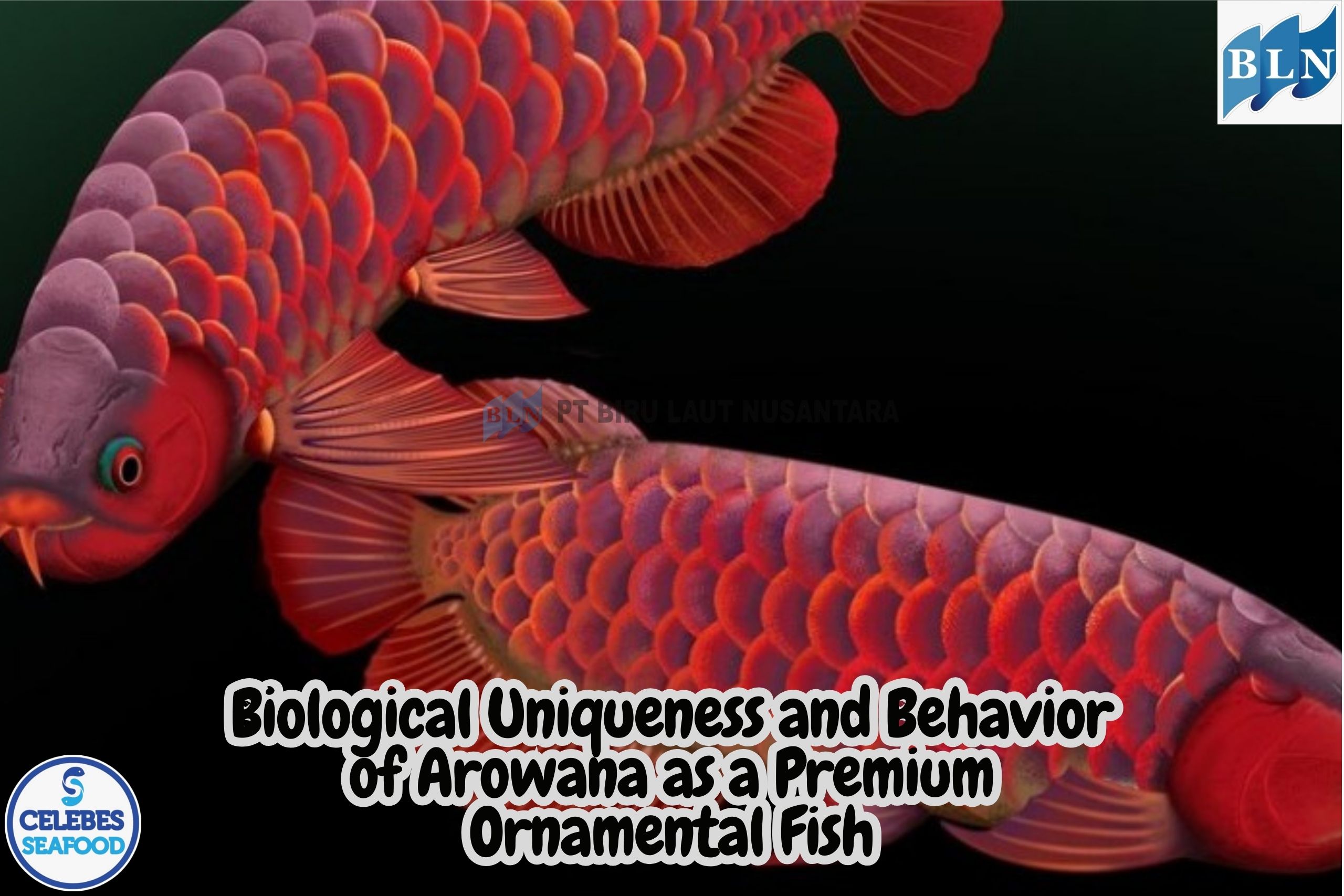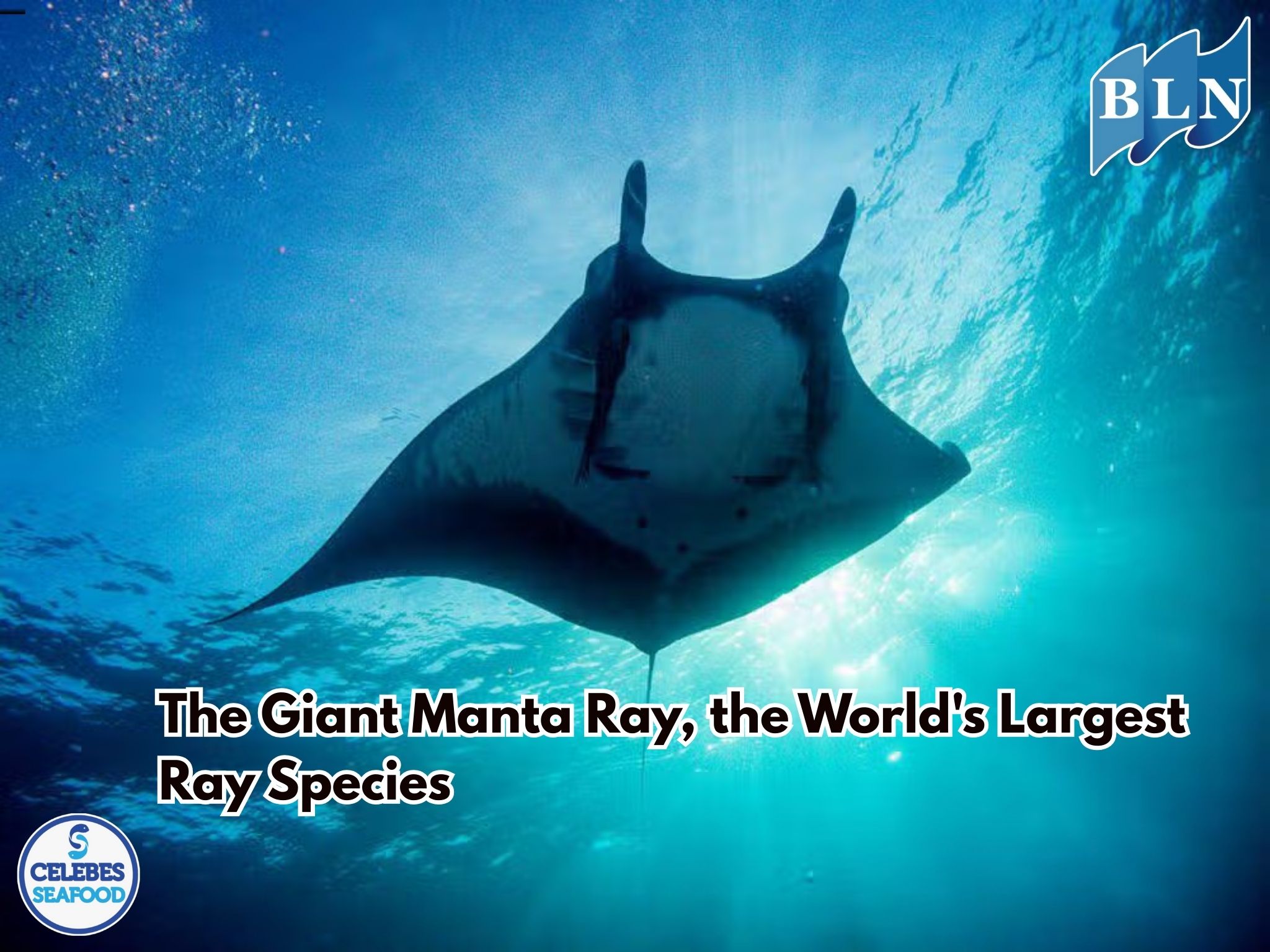Application of Cold Chain System
By. Danan - 27 Jan 2023
lautnusantara.com - The cold chain system is an attempt to maintain the freshness of fish by applying low temperatures close 0oC, starting from the reception, production, to the distribution process of fish into the hands of consumers.
The utilization of low temperatures is good for inhibiting the decay process, why? It's because by using the low temperatures, the growth of microbes or bacteria can be inhibited or even kill, and it also can maintain the freshness of the fishery products. The low temperatures are carried out by using ice and the freezing process.
Baca juga: Indonesian Commercial Marine Fish to Consume
- 1. Receipt of Raw Materials
The process of receiving raw materials from suppliers, usually using car transportation and using Styrofoam or Viber boxes containing bulk ice so that cold temperatures can be monitored The average temperature used in the reception process is a maximum of -4oC.
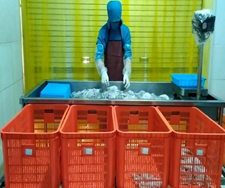
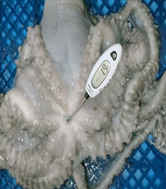
- 2. Product Processing
The product processing is carried out in a factory with a controlled room temperature (Maximum 22oC). Then for the process of working on the product using ice. The product temperature must be maintained and controlled close to the maximum at 4oC. This has been implemented in accordance with the SOP imposed by PT Biru Laut Nusantara.
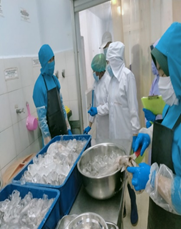
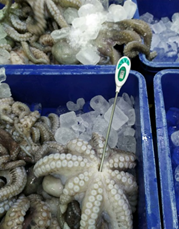
Baca juga: Fillet a Fish Step By Step
- 3. Product Freezing
After all the product processing procedures are handled, through a good cold chain system in accordance with the applicable SOP, the next cold chain process is the product freezing process. Freezing products using ABF (Air Blast Freezer) and the ABF temperature used is -350C for ±8 hours.
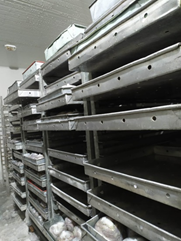
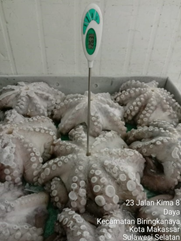
- 4. Packaging and Labeling
The purpose of packaging and labeling is to protect the product from being easily damaged and provide a complete identity according to market specifications. Packaging also aims to maintain the temperature of the product, the packaging materials used are polyethylene plastic and cardboard.
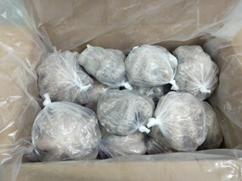
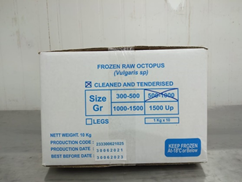
- 5. Storage
The purpose of storing frozen products is to maintain and keep the product’s quality before being shipped. Storage of frozen products in a low freezing temperature in order to maintain all the desired quality factors. Frozen products are packaged and stored in cold storage at a temperature of -200 C to -250C.
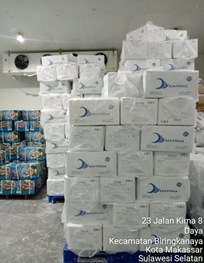
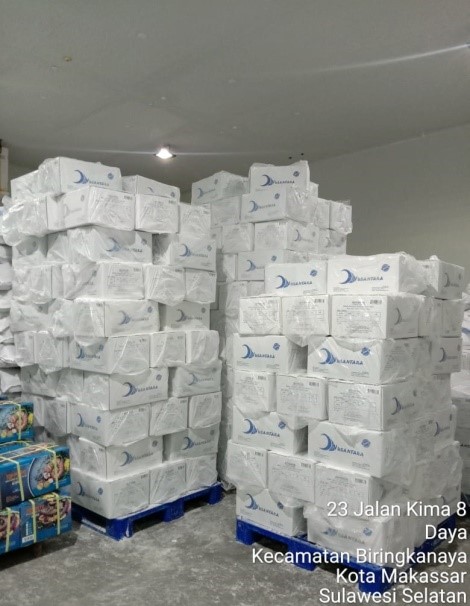
- 6. Shipment
Before the container is used, it is cleaned and then the temperature is lowered to -25oC. For loading and stacking carried out carefully, taking into account the condition of the product and the boundary line in the container, this is done so that the cooling water circulation in the refrigeration system can rotate to fill the surface of the master carton (product).
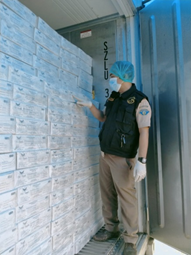
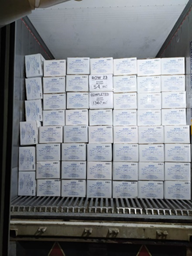
Baca juga: Fillet a Fish Step By Step
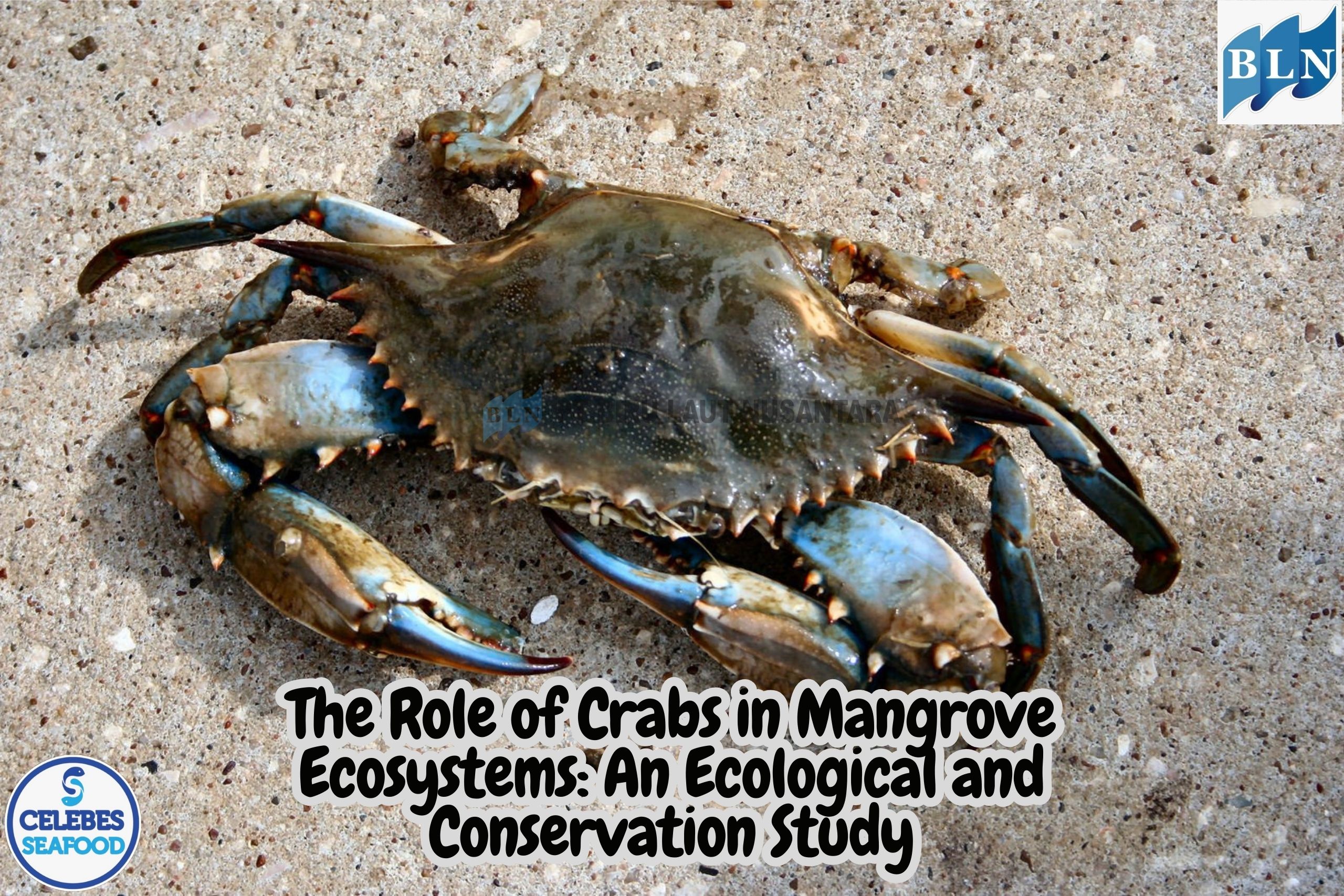

 on the Seabed.jpg)
